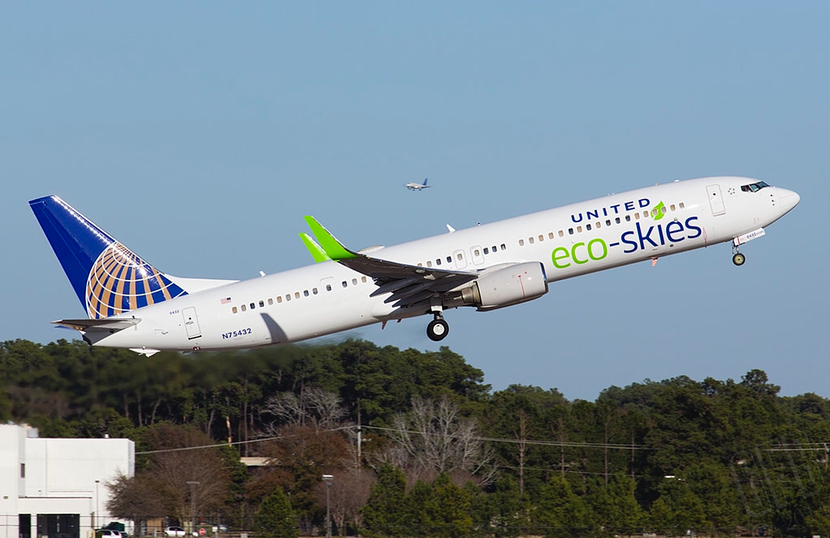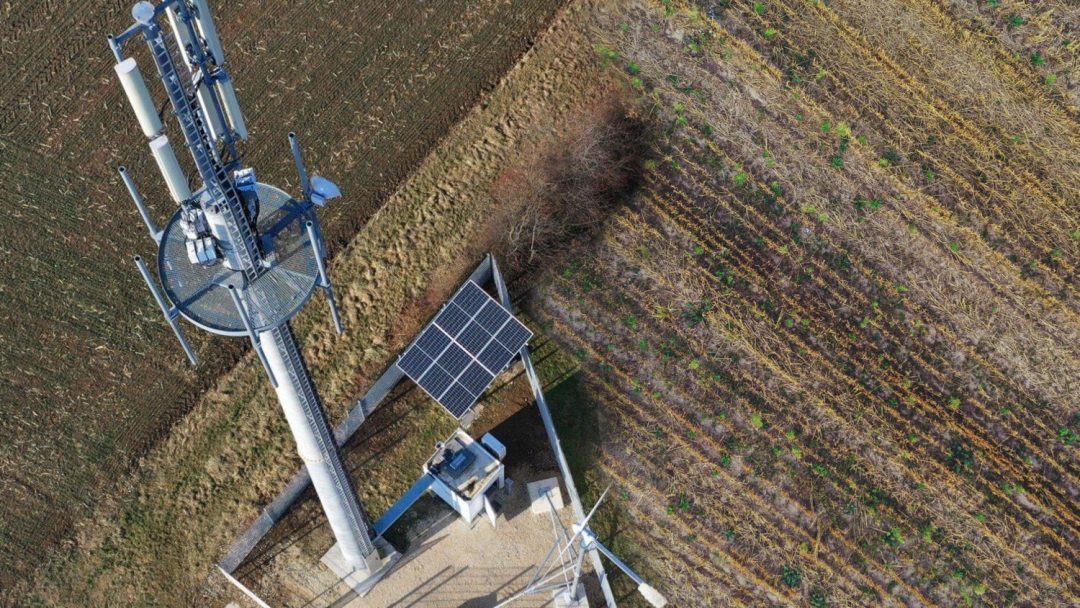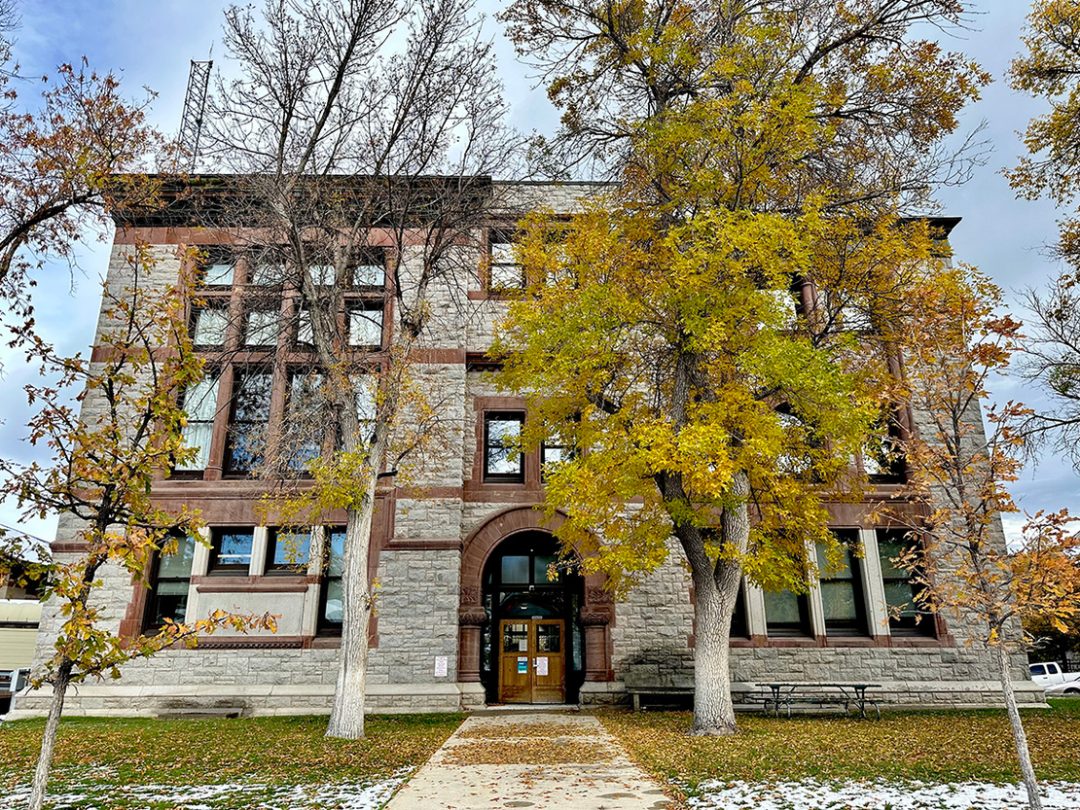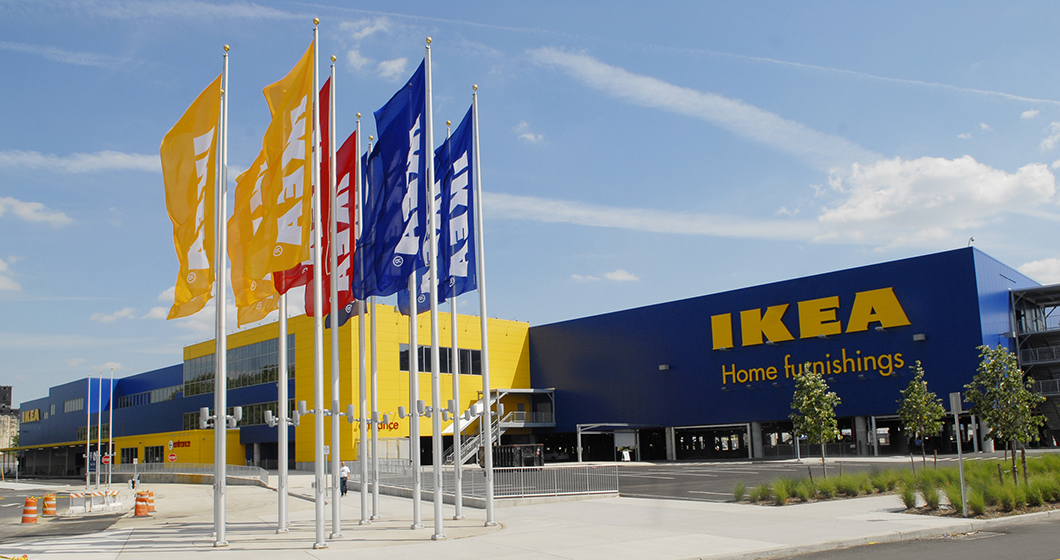United Airlines Forms $50 Million Joint Venture to Produce New Sustainable Aviation Fuel Type
Successful development and production of the SAF technology could allow enough SAF to fly more than 50,000 flights annually between United’s hub in Chicago and Denver.

United Airlines Ventures has formed a $50 million joint venture, Blue Blade Energy, with Tallgrass and Green Plains, in its biggest investment yet in sustainable aviation fuels (SAF). The joint venture will develop a novel SAF technology using ethanol as its feedstock, which was developed by the Pacific Northwest National Laboratory (PNNL) of the US Department of Energy.
If successful, a pilot facility is expected to be constructed in 2024 and a full-scale facility to commence operations by 2028, potentially becoming United Airlines’ largest source of SAF by providing up to 135 million gallons annually. United has agreed to purchase up to 2.7 billion gallons of SAF from the joint venture and will provide support for SAF development, fuel certification and into-wing logistics.
Tallgrass will manage R&D of the PNNL technology and construction of the production facility, while Green Plains will supply the low-carbon ethanol feedstock. The technology is flexible and can work with any alcohol-based feedstock. Green Plains and Tallgrass have the option to exclusively license the technology globally. In September 2022, they received funding from the US Department of Energy to support the development of the PNNL technology that converts cellulosic and corn ethanol to SAF via ketone intermediates.

Sustainable aviation fuel (SAF) is a lower-carbon alternative to normal jet fuel that can be used to fuel existing aircraft without making significant modications to the aircraft and its engines. SAF used by United has up to 85% lower greenhouse gas (GHG) emissions than regular jet fuel when all of its emissions are counted, from how it’s made and delivered to the airport, to when it is used during flight.
Using more SAF helps United reach its goal to go net zero by 2050, as well as its plan to decrease its carbon intensity by 50% from 2019 to 2035.
United was the first airline to use SAF in regular operations on an ongoing basis, and the first U.S. airline to create a sustainability-focused venture fund to invest in SAF production.
United is also part of the Eco-Skies alliance, a first-of-its-kind program involving leading global corporations working with United to promote sustainable aviation. This innovative program offers United’s corporate customers the opportunity to reduce their environmental impact and help make sustainability a core part of aviation.










